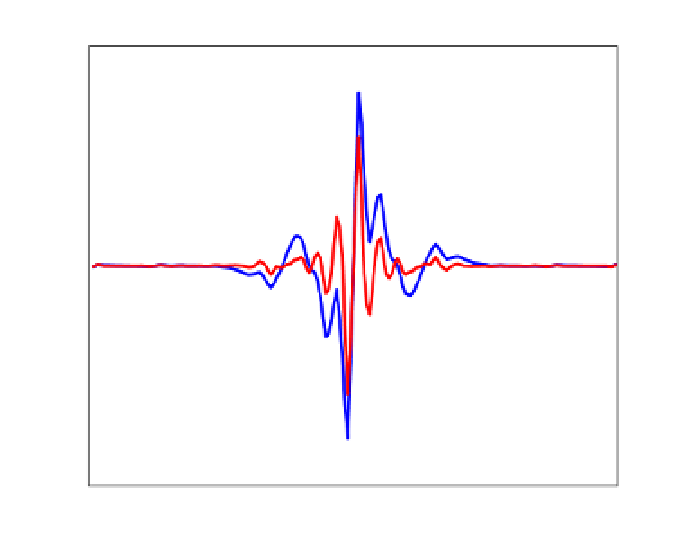Global Positioning System Reference
In-Depth Information
CBOC(−) signal, Single Path Static Channel,
Δ
EL
=0.1 chips
0.8
nEML
HRC
0.6
0.4
Nearest ambiguous
zero crossings for HRC
Nearest ambiguous
zero crossings for nEML
0.2
0
−0.2
Correct
zero crossing
−0.4
−0.6
−0.8
−2
−1.5
−1
−0.5
0
0.5
1
1.5
2
Code Delay [chips]
Fig. 8. A non-coherent S-curve for CBOC(-) modulated single path static channel. Bhuiyan,
Zhang & Lohan (2010)
discrimination is applied to the TK output. The motivation for this combined approach comes
from the fact that, when we apply TK operation to the non-coherent correlation function, it
usually makes the main lobe of the non-coherent correlation function (after TK operation)
much steeper than before. This eventually reduces the effect of multipath in case of TK based
nEML (TK+nEML) as compared to nEML.
6. Performance analysis
The multipath performance of some of the discussed techniques are evaluated in different
simulation models, i.e., the semi-analytical simulation in a static channel model and the
Matlab-based simulation in a multipath fading channel model.
Each simulation model is
briefly described first before presenting the results.
6.1 Semi-analytical simulation
The most typical way to evaluate the performance of a multipath mitigation technique is
via Multipath Error Envelopes (MEE). Typically, two paths, either in-phase or out-of-phase,
are assumed to be present, and the multipath errors are computed for multipath delays up
to 1.2 chips at maximum, since the multipath errors become less significant after that. The
upper multipath error envelope can be obtained when the paths are in-phase and the lower
multipath error envelope when the paths are out-of-phase (i.e., 180
◦
phase difference). In
MEE analysis, several simplifying assumptions are usually made in order to distinguish the
performance degradation caused by the multipath errors only. Such assumptions include zero
Additive-White-Gaussian-Noise (AWGN), ideal infinite-length PRN codes, and zero residual









































































Search WWH ::

Custom Search